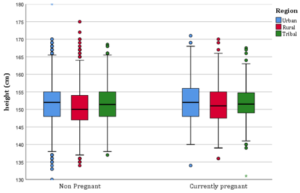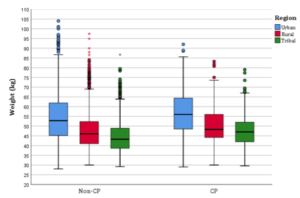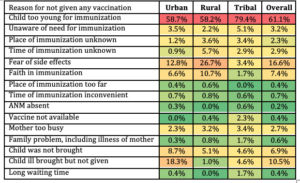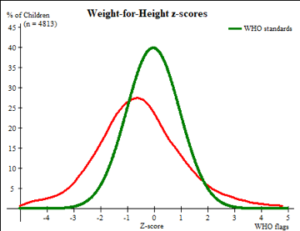Under a comprehensive health data management project, three field testing sites have been developed in a period of two years:
- Urban (Behrampura and Vasna),
- Rural (Bavla block, Ahmedabad District) and
- Tribal (Bhiloda, Meghraj and Modasa of Aravalli district).
Approximately 2.5 lakh individuals were surveyed, for information related to socio-economic status, obstetric history, complication during and after pregnancy, health of new-born child, immunization and anthropometry of children under 5 years of age. This authenticated and current database has potential to play a key role in designing targeted interventions with outcome measurement, which can then develop into successful models to scale up.





